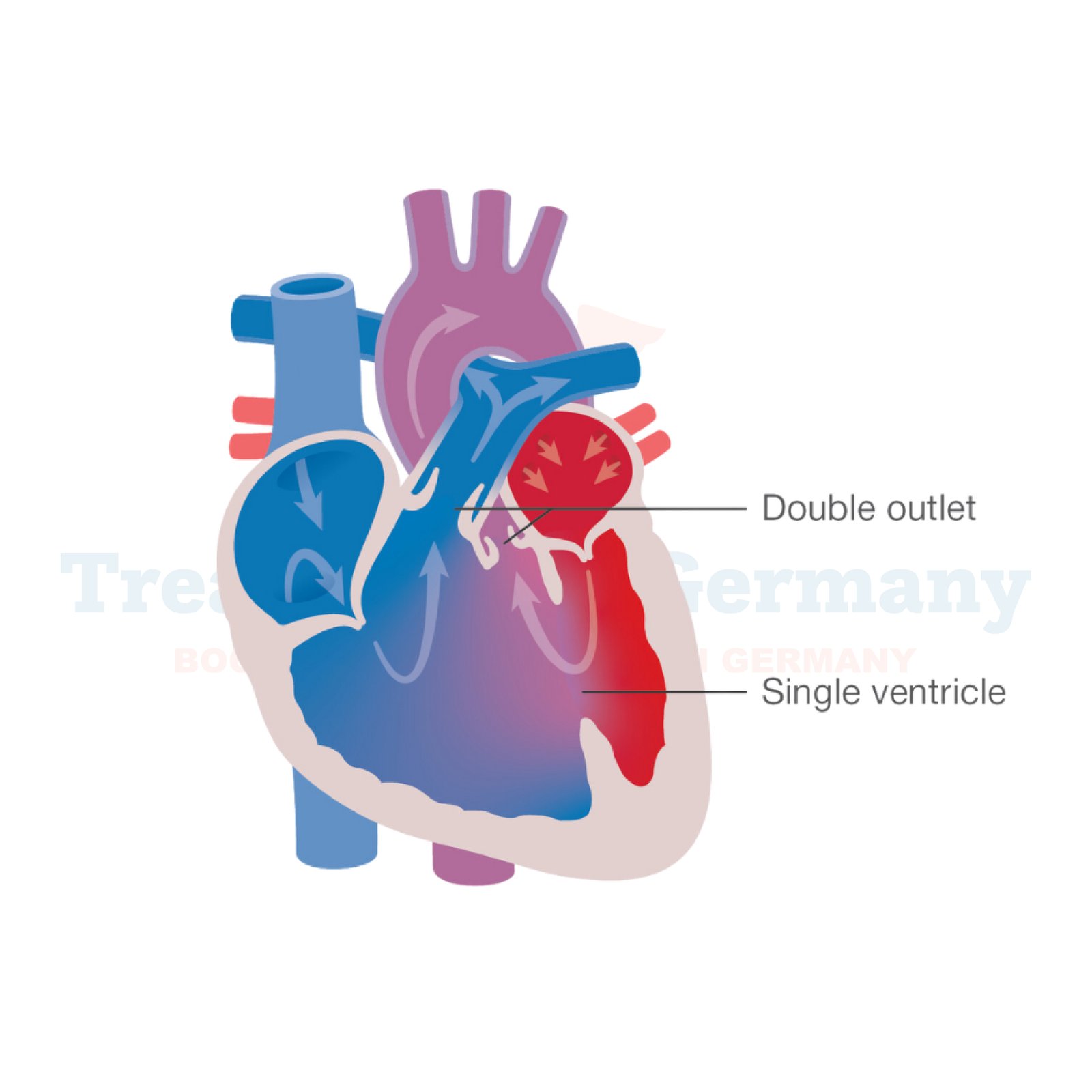Understanding Double Outlet Right Ventricle (DORV)
Double Outlet Right Ventricle (DORV) is a congenital heart defect where both of the great arteries, the aorta and the pulmonary artery, arise from the right ventricle instead of their usual positions.
This condition occurs during fetal development when the heart does not form correctly.
Side Effects of Double Outlet Right Ventricle (DORV)
The main concern with Double Outlet Right Ventricle is that it disrupts the normal circulation of oxygen-rich and oxygen-poor blood throughout the body. This can lead to several complications including:
- Cyanosis: Bluish discoloration of the skin due to insufficient oxygen in the bloodstream.
- Heart Failure: The heart may struggle to pump blood effectively, leading to fatigue, difficulty breathing, and poor growth in infants.
- Arrhythmias: Irregular heart rhythms can occur due to the abnormal heart structure.
- Pulmonary Hypertension: High blood pressure in the lungs, which can strain the heart and lungs over time.
Diagnosis of Double Outlet Right Ventricle (DORV)
Diagnosing Double Outlet Right Ventricle typically involves several tests and procedures:
- Echocardiogram: This ultrasound of the heart helps visualize the heart's structure and blood flow patterns.
- Electrocardiogram (ECG): Records the electrical activity of the heart to detect any abnormalities in heart rhythms.
- Cardiac MRI or CT Scan: Provides detailed images of the heart's structure to confirm the diagnosis and plan treatment.
Potential Treatment of Double Outlet Right Ventricle (DORV)
Treatment for DORV depends on the specific anatomy of the heart and the severity of the condition:
- Surgery: Most cases of DORV require surgical intervention to redirect the flow of blood to its proper circulation pathways. The goals of surgery include creating a more normal blood flow pattern and correcting any associated defects.
- Medication: Some infants with DORV may need medications to help the heart function more efficiently or to manage complications such as heart failure or arrhythmias.
- Long-term Monitoring: Regular follow-up visits with a cardiologist are essential to monitor heart function, growth, and development, and to address any emerging issues promptly.
👉 Contact us for further information and receive a complimentary consultation.

.webp)
.webp)
 (1).webp)
 (1).webp)

.webp)
.webp)
 (1).webp)
 (1).webp)
